We share a lot of history on the humans who shaped our Colorado communities, but what about the animals? Our friends at the Museum of Boulder take a closer look at five Colorado native animals.
In Colorado, we have the opportunity to be surrounded by nature. There is so much wildlife right in our backyard. Some of our fellow residents scamper across our roads, eat our landscaping and visit our birdfeeders, while others may never be spotted even by avid hikers in the high country.
Here are a few of our seen and unseen neighbors:
Mountain Lion
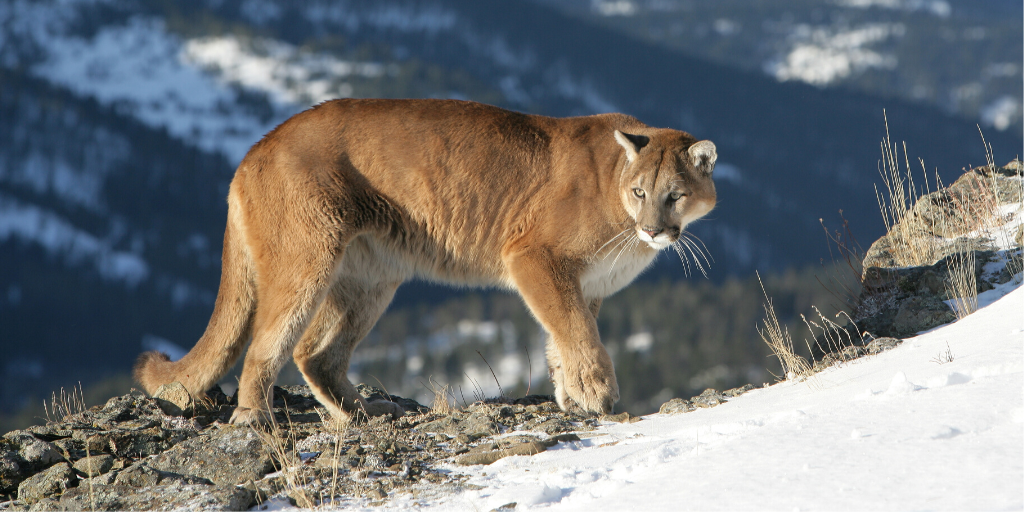
Even if you’ve never laid eyes on this majestic creature, chances are you’ve been near one if you frequent hiking trails along the Front Range. They prey on deer and elk, often stalking them in wetland meadows where they come to drink and graze. A single mountain lion may roam a territory as vast as 500 square miles. While newborns have spots and ringed tails, adults are a solid tan color with black tails and ear tips, weighing up to 200 lbs. Their lifespan is 10 to 13 years.
Rocky Mountain Bighorn Sheep
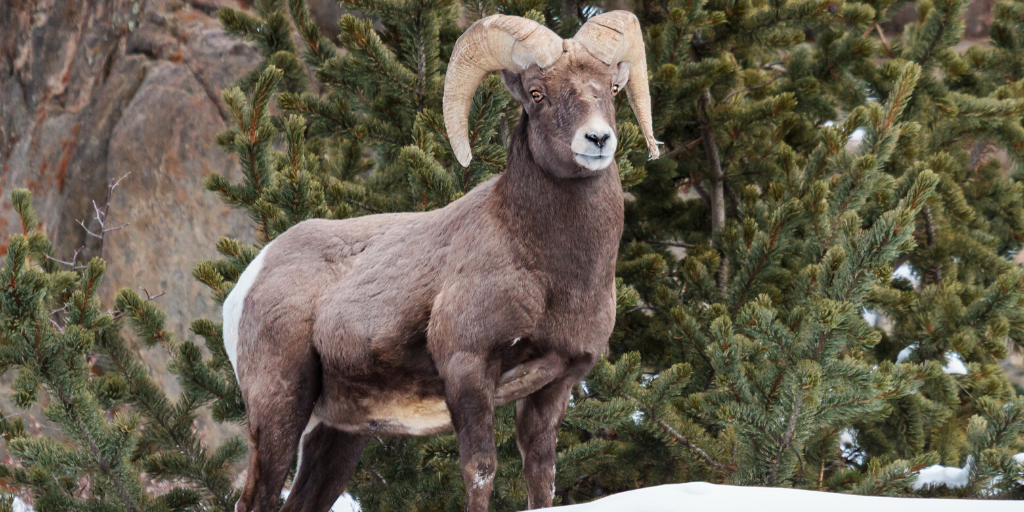
These sure-footed ungulates (hoofed mammals) are the largest wild sheep in North America. They are a marvel of evolutionary adaptation to the harsh environment they occupy. With wide-set eyes for a panoramic scope of vision, excellent hearing and highly developed sense of smell, in addition to specialized hooves that enable them to jump and climb treacherous terrain, they can evade predators easily. They also have a four-part stomach, which allows them to consume a large quantity of dry forage, then retreat to a mountain ledge to re-chew and digest their food in safety.
American Black Bear
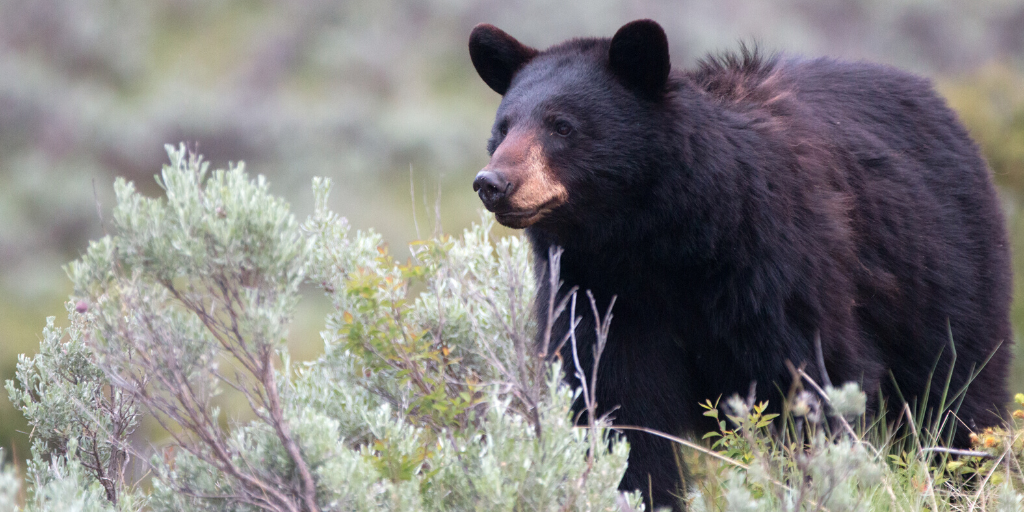
Not as fierce as the grizzly bears that once shared their Colorado habitat, the black bear should still command respect due to its size (up to 275 lbs.), strength, agility, claws and teeth. (Black is a species name, and in Colorado, many black bears are actually blonde, cinnamon or brown, with seasonal and age-related color changes.) The content of a bear’s diet is mostly grasses, berries, fruits, nuts and plants, supplemented with insects, scavenged carcasses and predation of small mammals, including rodents, rabbits, and young or unwary ungulates.
Black bears hibernate in early November and generally emerge from dens by May, often with two cubs in tow. The bears in Colorado are not naturally aggressive to humans, but they are resourceful and determined in their pursuit of food. Measures should always be taken in bear country to secure access to food and trash by using bear-proof containers and enclosures (e.g., for beehives).
Moose
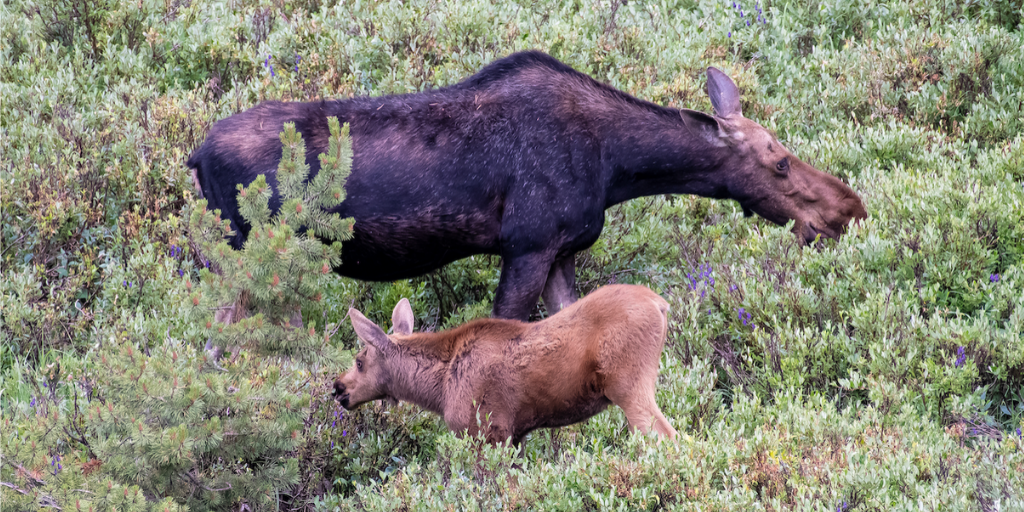
The moose in Colorado belong to the Shiras subspecies, which are smaller than the subspecies found in Alaska and Canada—but they are still the largest members of the deer family, weighing up to 1,200 lbs.! When the population of moose in Colorado dwindled to just a few strays from Wyoming, an enormously successful relocation program started in 1978, which has resulted in up to 3,000 moose currently residing in our state.
Bull moose grow distinctive flattened antlers with points at the edges, reaching up to 5 feet wide in larger and older bulls. These antlers are shed in early winter and re-grown each year. The term moose comes from the Algonquin Indian word meaning “eater of twigs,” but they also consume willow in the thickets of tall, wet grass in Colorado wetlands.
Black-Tailed Prairie Dogs
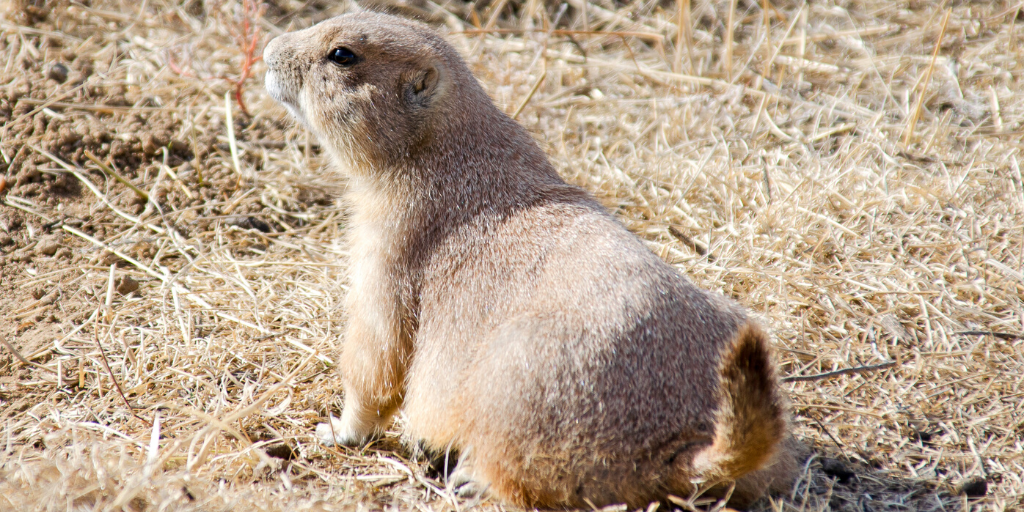
While prairie dogs may seem ubiquitous, there is widespread disappearance of Front Range colonies due to plague, habitat fragmentation and loss, and competition with human interests. These little critters weigh one to three pounds and are 14 to 17 inches long. They may be the only other mammal with a varied verbal language—they make over 300 different vocalizations with specific meanings.
Prairie dogs are highly social and live in large colonies or “towns” in grasslands where they chew down tall grasses so they can spot predators more easily. Their burrows and social structure are also complex, with a “town” that includes sections for nurseries, bathrooms and storage areas, and division of labor with assignments such as security guard, nursery worker and burrow maintenance.
While there can be issues with prairie dog colonies in urban environments, they are considered a keystone species critical to the health of our ecosystem. They are the primary diet for prairie species such as the black-footed ferret, the swift fox, the golden eagle, the badger and the hawk. Other species, such as the mountain plover and the burrowing owl, rely on prairie dog burrows for nesting areas.
If you enjoyed learning about these native species, we encourage you to visit the Museum of Boulder’s Wild Buffalo in Boulder Exhibit, available until January 12.


